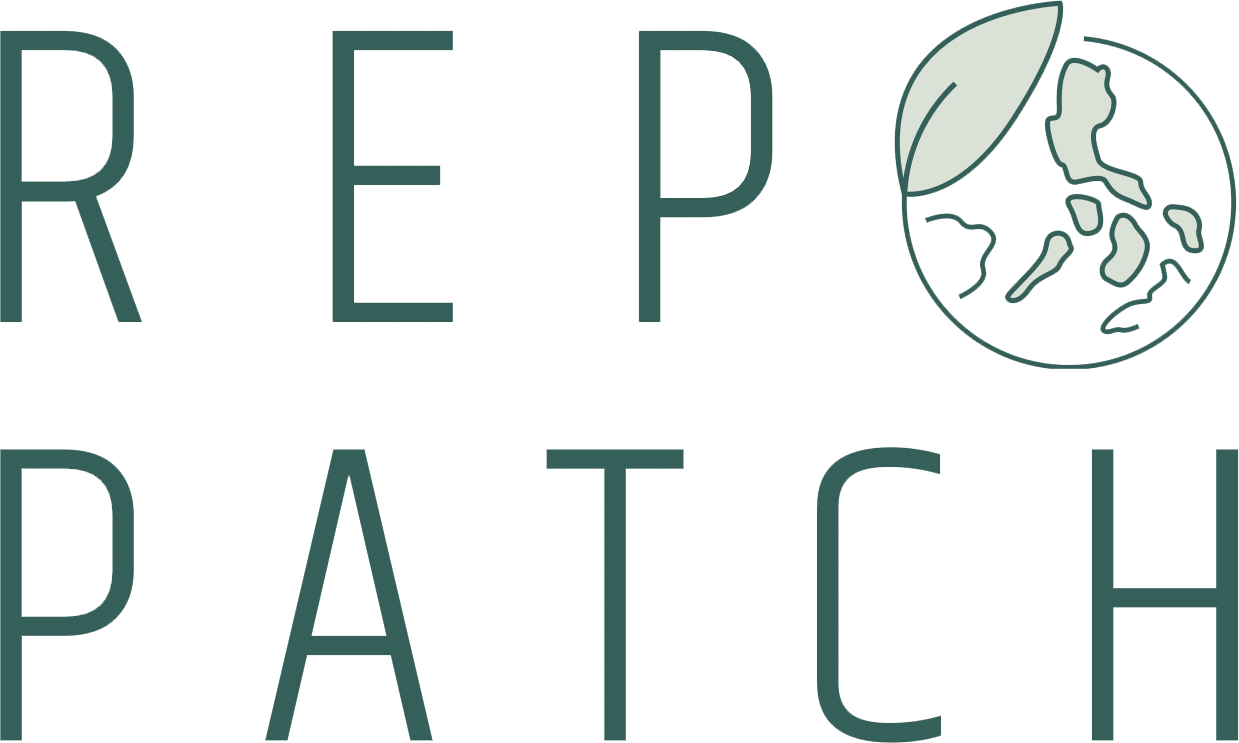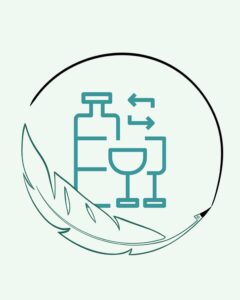Apple x Nike recently announced their upcycled/recycled Apple Watch strap collections with the slogan “We are taking great steps together.” It is inspiring that brands with a wide audience, such as Apple and Nike, are releasing collections with an upcycling vision.
First, let’s examine the Apple Watch straps. The straps are basically made of two different materials. Rubber and textile materials. Apart from these, there are also steel belts, but I leave them out of this topic. In general, recycled polyester, polyamide and fluoroelastomer are used in the straps other than this special collection. I did not come across any raw materials with organic content. But I don’t find this situation strange because smart textiles are generally used in sports products. I even have a content called ‘Smart Textiles Used in Sports‘.
Textile Bands
Has Apple, which already uses recycled materials in its straps, released an upcycling collection this time? I specifically say upcycling, they shared this collection as recycling. We can say that polyester belts, that is, those designed using nylon threads, are more advantageous in terms of recycling than the material called fluoroelastormer. Of course, we would love to see upcycled designs in the textile section as well. However, as far as I understand from this collection, recycling processes were applied to old nylon belts, new yarns were produced and belts were designed from those yarns. Has attention been paid to processes such as energy consumption and carbon footprint in this process? I couldn’t find any information about this. But we know that all recycling processes include these.
Rubber Bands
Let’s talk about the material called Fluoroelastomer. This material is known as rubber. It is an expensive and durable material. It is used in places requiring high performance due to its cost. This material, which is difficult to process, can be considered advantageous in many aspects. For example; It is resistant to hot water, steam, oxygen, ozone and very high chemical resistance. It is generally used in areas such as aviation and space industry and automotive industry.
Recycling a material with such strong heat resistance is also a difficult process. In fact, when I first saw the collection, I couldn’t help but think, “How can rubber material be recycled? Doesn’t it burn after a certain point?” But technology is developing day by day and I will follow this issue.
When I reviewed the designs, I called this collection (especially the rubber straps) a definite upcycle. Because it reminded me of taking old belts apart and putting them back together, which is what they did. ‘The design created by randomly distributing colorful particles produced from recycled straps creates a completely different style.’ But they first recycled old season straps, then shredded them, and free patterns emerged. That’s exactly what I understand from the description. They even have a statement saying, ‘Each of the colored particles contains at least 66% recycled fluoroelastomer.’ As a researcher and writer, I would like to state that I do not find these explanations very clear.
I have previously reviewed Mavi’s Upcycle Collection. The point where I got stuck was the confusing explanations of the brand. I believe that these transformation collections made by brands are not conveyed transparently enough. Are we new to this type of projects? Or maybe the buyer base does not want to know such details? I can go even further. Is this all greenwashing?
As someone who researches, writes, implements and shares upcycling, I cannot help but mention the importance of such environmentally friendly projects of big brands. Fundamentally, I think that upcycling is a consciousness, and the work of big brands is of extra importance in spreading and transferring this awareness. Moreover, if we look at it from another perspective, x a transformation project carried out by a technology company may be a sales and marketing method and y similar projects may be carried out by a company. In this context, we know that fast brands from textile to technology are in competition. It would be beneficial for us upcyclers to at least have competition in this field.







